Health-care activities protect and restore health and save lives. But what about the waste and by-products they generate?
Of the total amount of waste generated by health-care activities, about 85% is general, non-hazardous waste comparable to domestic waste. The remaining 15% is considered hazardous material that may be infectious, chemical or radioactive.
Types of waste
Waste and by-products cover a diverse range of materials, as the following list illustrates:
- Infectious waste: waste contaminated with blood and other bodily fluids (e.g. from discarded diagnostic samples), cultures and stocks of infectious agents from laboratory work (e.g. waste from autopsies and infected animals from laboratories), or waste from patients with infections (e.g. swabs, bandages and disposable medical devices);
- Pathological waste: human tissues, organs or fluids, body parts and contaminated animal carcasses;
- Sharps waste: syringes, needles, disposable scalpels and blades, etc.;
- Chemical waste: for example solvents and reagents used for laboratory preparations, disinfectants, sterilants and heavy metals contained in medical devices (e.g. mercury in broken thermometers) and batteries;
- Pharmaceutical waste: expired, unused and contaminated drugs and vaccines;
- Cytotoxic waste: waste containing substances with genotoxic properties (i.e. highly hazardous substances that are, mutagenic, teratogenic or carcinogenic), such as cytotoxic drugs used in cancer treatment and their metabolites;
- Radioactive waste: such as products contaminated by radionuclides including radioactive diagnostic material or radiotherapeutic materials; and
- Non-hazardous or general waste: waste that does not pose any particular biological, chemical, radioactive or physical hazard.
Environmental Impact
Treatment and disposal of healthcare waste may pose health risks indirectly through the release of pathogens and toxic pollutants into the environment.
- The disposal of untreated health care wastes in landfills can lead to the contamination of drinking, surface, and ground waters if those landfills are not properly constructed.
- The treatment of health care wastes with chemical disinfectants can result in the release of chemical substances into the environment if those substances are not handled, stored and disposed in an environmentally sound manner.
- Incineration of waste has been widely practised, but inadequate incineration or the incineration of unsuitable materials results in the release of pollutants into the air and in the generation of ash residue. Incinerated materials containing or treated with chlorine can generate dioxins and furans, which are human carcinogens and have been associated with a range of adverse health effects. Incineration of heavy metals or materials with high metal content (in particular lead, mercury and cadmium) can lead to the spread of toxic metals in the environment.
- Only modern incinerators operating at 850-1100 °C and fitted with special gas-cleaning equipment are able to comply with the international emission standards for dioxins and furans.
- Alternatives to incineration such as autoclaving, microwaving, steam treatment integrated with internal mixing, which minimize the formation and release of chemicals or hazardous emissions should be given consideration in settings where there are sufficient resources to operate and maintain such systems and dispose of the treated waste.
Waste management: reasons for failure
Lack of awareness about the health hazards related to health-care waste, inadequate training in proper waste management, absence of waste management and disposal systems, insufficient financial and human resources and the low priority given to the topic are the most common problems connected with health-care waste. Many countries either do not have appropriate regulations, or do not enforce them.
The way forward
The management of health-care waste requires increased attention and diligence to avoid adverse health outcomes associated with poor practice, including exposure to infectious agents and toxic substances.
Key elements in improving health-care waste management are:
- promoting practices that reduce the volume of wastes generated and ensure proposer waste segregation;
- developing strategies and systems along with strong oversight and regulation to incrementally improve waste segregation, destruction and disposal practices with the ultimate aim of meeting national and international standards;
- where feasible, favouring the safe and environmentally sound treatment of hazardous health care wastes (e,g, by autoclaving, microwaving, steam treatment integrated with internal mixing, and chemical treatment) over medical waste incineration;
- building a comprehensive system, addressing responsibilities, resource allocation, handling and disposal. This is a long-term process, sustained by gradual improvements;
- raising awareness of the risks related to health-care waste, and of safe practices; and
- selecting safe and environmentally-friendly management options, to protect people from hazards when collecting, handling, storing, transporting, treating or disposing of waste.
Government commitment and support is needed for universal, long-term improvement, although immediate action can be taken locally.
WHO response
WHO developed the first global and comprehensive guidance document, Safe management of wastes from health-care activities, now in its second edition and more recently a short guide that summarizes the key elements.
(1) Pépin J, Abou Chakra CN, Pépin E, Nault V, Valiquette L. Evolution of the global burden of viral infections from unsafe medical injections, 2000-2010.PLoSOne. 2014 Jun 9;9(6):e99677.
(2) WHO/UNICEF,2015. Water, sanitation and hygiene in health care facilities: status in low- and middle-income countries. World Health Organization, Geneva.







